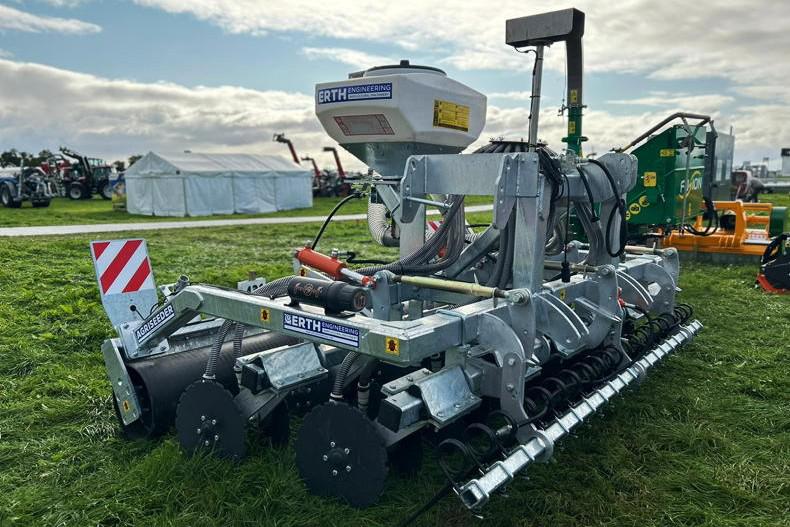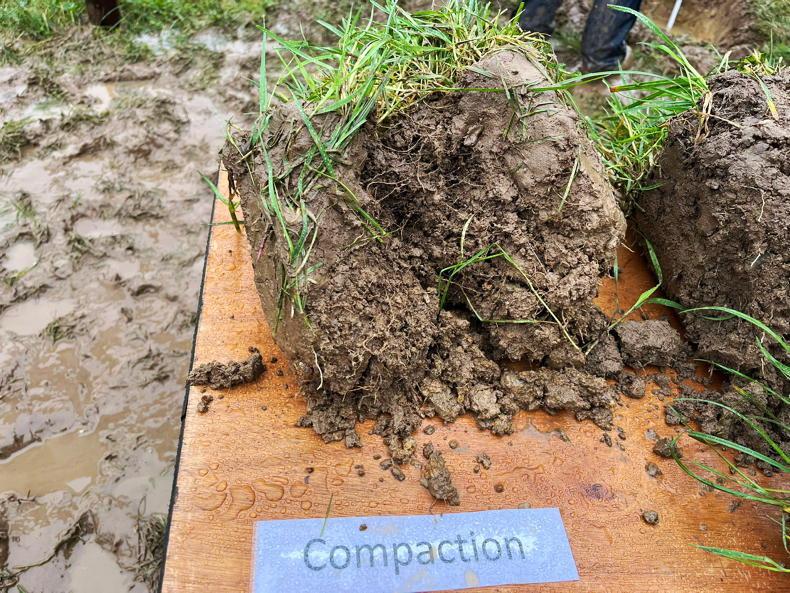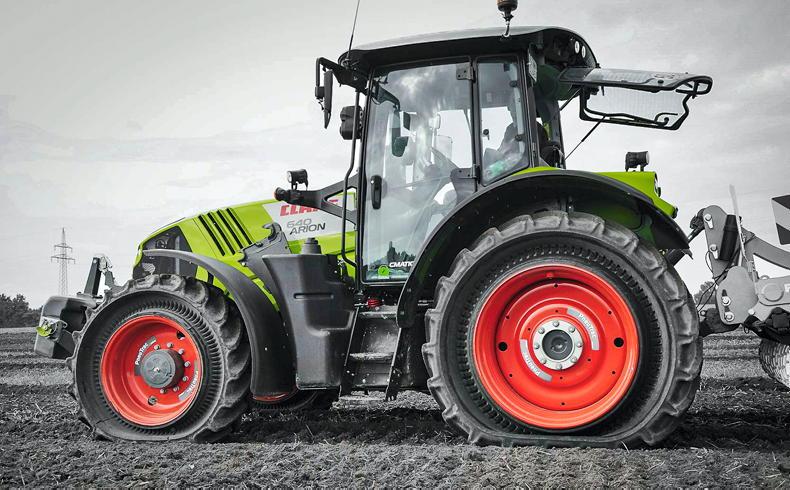Grassland management is not just about turning cattle into fields of lush grass, setting up paddocks and taking out surplus grazing.
There are other areas which can benefit grass growth and the ground’s ability to carry livestock. But these areas can often be postponed due to unfavourable weather conditions or pressure on farm finances.
With ground conditions currently in great shape, outlined are some tasks to consider carrying out this spring.
1. Soil aeration
Soils that are compacted have poor drainage. When combined with the lack of air space, soils can become mottled.
As a result, plants roots cannot move down through the soil to access nutrients, so grass growth is reduced.
Machinery is not the only cause of soil compaction. Soils can become compacted from livestock grazing during wet conditions.
In most cases, livestock will cause surface compaction confined to the top few inches of the soil profile.
Using an aerator in dry conditions will open up soils again, allowing greater air movement and improve drainage.
As this cuts down soils retaining water, soil temperatures will be higher, extending the growing season.
Ideally, use a sward lifter or pan buster for best results. Both work best in dry conditions as soils will shatter more.
Spikers can be used, but are less effective at getting soils to crack open and create fissures which relieve compaction at a deeper level.
2. Grass harrow
Using a grass harrow on grazing and silage swards helps to remove weeds and dead grasses, leaving space for ryegrass to tiller out and knit the productive sward together.
3. Drainage
Now is a good time to install a few drains in fields where surface water is slow to soak. This can vary from pipe and stone channels, to something as simple as a mole plough to cut down costs. Mole ploughs work best on clay ground and less so on silt soils.
Take a handful of soil and roll into a ball before placing in a bucket of water overnight. If the soil is still in a ball shape the following day, then the soil is ideally suited for mole drains.
4. Repair and rejuvenate poached ground
If paddocks were poached last autumn, then target these areas for repairing. Level out soils with a disc harrow. This will also create a good soil tilth for broadcasting or stitching in grass seed.
Repairing damaged swards will be less expensive compared with a full reseed and will bring fields back into full production again.
5. Weed control
Target grass swards that have a heavy weed infestation. Weeds will compete with grass for soil nutrients and once they mature and produce seeds, they are much harder to control as the seeds will germinate and regrow.
Now is the ideal time to hit weeds, as grass covers are lower, making it easier to target undesirable plants with an appropriate spray.
Read more
Farm Profit Programme: driving stocking rate to 2.98LU/ha
Beef farmers cannot be left with €250 per-head losses
Grassland management is not just about turning cattle into fields of lush grass, setting up paddocks and taking out surplus grazing.
There are other areas which can benefit grass growth and the ground’s ability to carry livestock. But these areas can often be postponed due to unfavourable weather conditions or pressure on farm finances.
With ground conditions currently in great shape, outlined are some tasks to consider carrying out this spring.
1. Soil aeration
Soils that are compacted have poor drainage. When combined with the lack of air space, soils can become mottled.
As a result, plants roots cannot move down through the soil to access nutrients, so grass growth is reduced.
Machinery is not the only cause of soil compaction. Soils can become compacted from livestock grazing during wet conditions.
In most cases, livestock will cause surface compaction confined to the top few inches of the soil profile.
Using an aerator in dry conditions will open up soils again, allowing greater air movement and improve drainage.
As this cuts down soils retaining water, soil temperatures will be higher, extending the growing season.
Ideally, use a sward lifter or pan buster for best results. Both work best in dry conditions as soils will shatter more.
Spikers can be used, but are less effective at getting soils to crack open and create fissures which relieve compaction at a deeper level.
2. Grass harrow
Using a grass harrow on grazing and silage swards helps to remove weeds and dead grasses, leaving space for ryegrass to tiller out and knit the productive sward together.
3. Drainage
Now is a good time to install a few drains in fields where surface water is slow to soak. This can vary from pipe and stone channels, to something as simple as a mole plough to cut down costs. Mole ploughs work best on clay ground and less so on silt soils.
Take a handful of soil and roll into a ball before placing in a bucket of water overnight. If the soil is still in a ball shape the following day, then the soil is ideally suited for mole drains.
4. Repair and rejuvenate poached ground
If paddocks were poached last autumn, then target these areas for repairing. Level out soils with a disc harrow. This will also create a good soil tilth for broadcasting or stitching in grass seed.
Repairing damaged swards will be less expensive compared with a full reseed and will bring fields back into full production again.
5. Weed control
Target grass swards that have a heavy weed infestation. Weeds will compete with grass for soil nutrients and once they mature and produce seeds, they are much harder to control as the seeds will germinate and regrow.
Now is the ideal time to hit weeds, as grass covers are lower, making it easier to target undesirable plants with an appropriate spray.
Read more
Farm Profit Programme: driving stocking rate to 2.98LU/ha
Beef farmers cannot be left with €250 per-head losses










SHARING OPTIONS